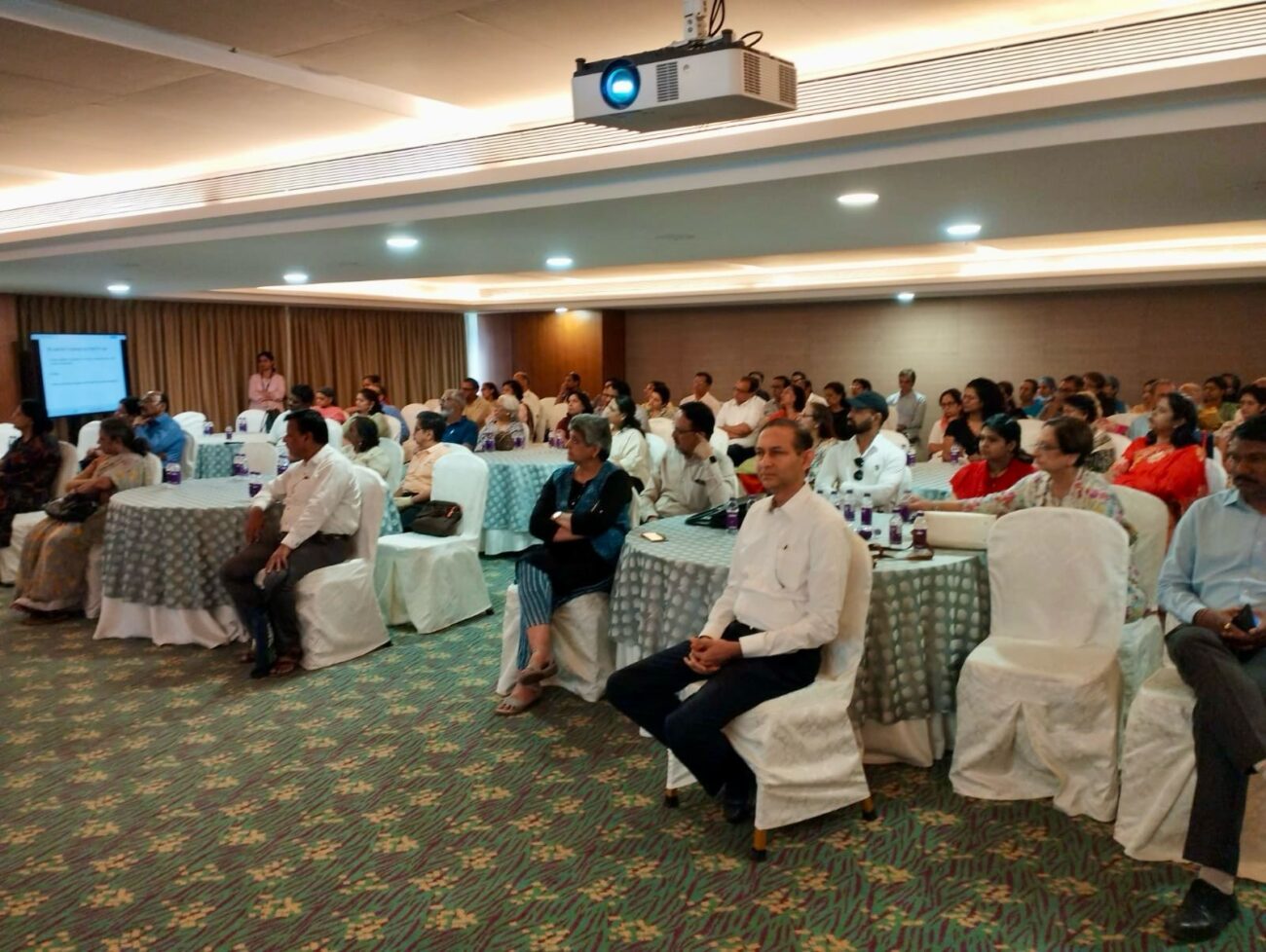New Age Solutions for Cataract Provide Better Vision, Reduce Spectacle Dependency
Dr Mahipal Sachdev, Padma Shri Awardee, and Opthamologist and Chairman of Centre for Sight, Delhi Over 80 Lakh people suffering from blindness in India, and 62% of the disease burden is shared by cataract. For combating cataract,
Dr Mahipal Sachdev, Padma Shri Awardee, and Opthamologist and Chairman of Centre for Sight, Delhi
Over 80 Lakh people suffering from blindness in India, and 62% of the disease burden is shared by cataract.
For combating cataract, doctors advocate awareness for available options of restoring sight with quality of vision post-surgery.
New intraocular lenses technology and extended range of vision lenses provide better vision quality.
Posing as a major healthcare challenge, India is a home of over 80 Lakh blind people in the country. The definition of blindness, which was changed earlier in 2016 by the Indian Government, identifies a blind person as someone who has less than 3/60 vision in better eye is understood to be blind.
One of the major factors causing loss of vision world over is cataract, which accounts to approximately 62% of blindness in India. Although government efforts are aiming towards restoring sight, a major focus on spreading awareness on quality of vision post-surgery is much needed.
Dr Mahipal Sachdev, Padma Shri Awardee, and Opthamologist and Chairman of Centre for Sight, Delhi, says, “I have been treating more than 200 cataract patients every month. In a world governed by screens and social media, we are glued to our digital devices day in and out. Thus, impeccable intermediate vision has become a priority for younger and older generations alike. Fortunately, today, cataract is easily treatable and advanced ophthalmology solutions such as extended range of vision lenses are available to enable patients lead highly active lifestyles with good quality of life even post cataract surgery.”
With the growing desires of leading an independent, active life, vision loss due to cataract at any age comes as a big impediment to hopes of people. The eye ailment is not preventable but is treatable through intraocular lenses (IOLs), which are used to replace the natural eye lenses. However, with modern advancement in IOLs, patients have more than one alternative.
While elaborating on the treatment options available Dr Mahipal Sachdev reflects, “Post-surgery quality of vision is an important aspect that determines the quality of life. With monofocal IOLs, spectacles become a necessity. Even with progressive glasses, eyes take time to adjust while shifting from near to distance vision. This aberration is little but not completely corrected with multifocal lenses. However, the new extended range-of-vision lenses give impeccable clarity and contrast of vision, and reduce dependency on spectacles. The night vision through these lenses is uninterrupted with reduced incidence of halos or glares, quite common in the more popular multifocal lenses. The new lens also caters to distant, near and intermediate vision with seamless transition. ”
Although usually considered as an age related disease but cataract is not restricted to older population now. Factors like diabetes, long-term use of steroid medicines, prolonged exposure to indoor pollution and even ultraviolet rays can lead to cataract at young and old age.
Today, cataract surgery is considerably a straightforward day care procedure, with vision being restored to patients within hours of surgery. The surgery today is possible to be done with just eye drop anesthesia, with no eye pad or stitches. Patients return home and can resume daily activities the same day. Post-surgery, careful post-operative care ensures a safe and speedy recovery.





